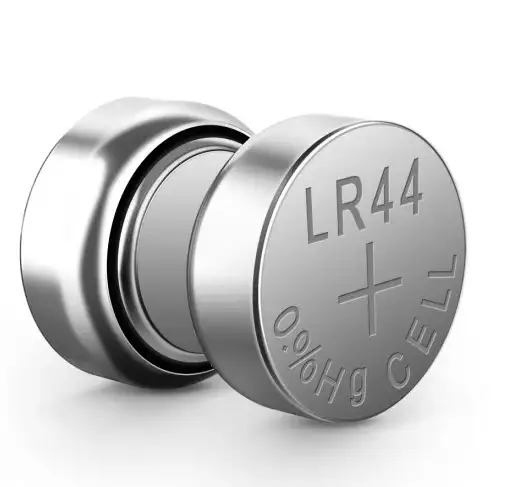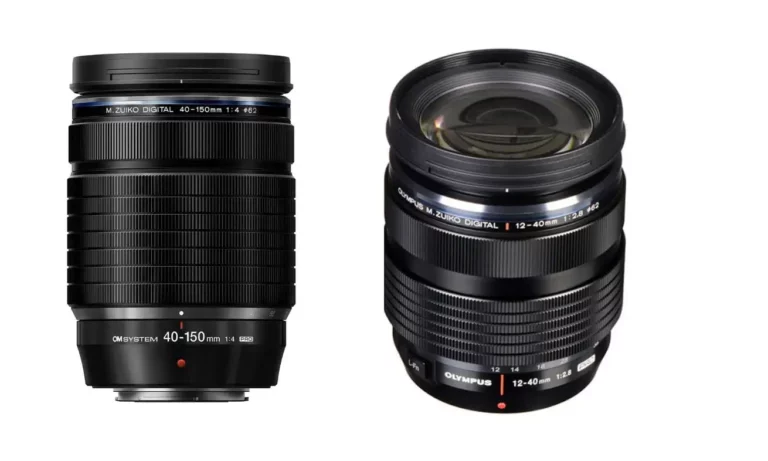Is Front or Back Camera More Accurate? Exploring Smartphone Photography

Are you itching to uncover the truth about whether the front or back camera on your smartphone is more accurate? Well, buckle up, because we’re about to embark on a journey that will shed light on this intriguing debate.
In this article, we’ll take a closer look at the technical aspects that differentiate these two cameras, as well as the factors that can influence their accuracy.
So, get ready to discover which camera reigns supreme in capturing the perfect shot.
Key Takeaways
- Simple enhancements like image upscaling tools, sharpening filters, and noise reduction can help improve low-resolution photos to some extent.
- AI-powered techniques such as super resolution and AI upscaling with denoising can significantly enhance resolution and reveal more details in low-resolution images.
- Alternative approaches like creative cropping and vectorization can be used to focus on specific parts of the image or convert it into a scalable vector graphic.
- It is important to keep in mind that upscaling algorithms may introduce artificial details, heavily compressed or damaged images may not yield significant improvements, and copyright issues should be considered when upscaling images.
Table of Contents
- Key Takeaways
- Camera Accuracy: Front Vs Back
- Factors Affecting Camera Accuracy
- Comparing Front and Back Camera Performance
- Pros and Cons of Front Camera Accuracy
- Pros and Cons of Back Camera Accuracy
Camera Accuracy: Front Vs Back
When comparing the accuracy of front and back cameras, it’s important to consider various factors that can contribute to the overall image quality.
One factor is depth sensing, which allows the camera to capture more accurate depth information and create a better sense of depth in the image.
Another factor is aperture size, as a larger aperture can allow more light to enter the camera and improve low light performance.
Image stabilization is also crucial, as it helps reduce blur caused by shaky hands or movement.
Autofocus speed is another important consideration, as a faster autofocus speed enables the camera to quickly and accurately focus on the subject.
Factors Affecting Camera Accuracy
Camera accuracy is influenced by several key factors that contribute to the overall quality of the captured images:
-
Front camera limitations: Front cameras are often designed with lower resolution and fewer features compared to back cameras, which can affect the accuracy of the images captured.
-
Lighting conditions: The amount and quality of light present during a photo can greatly impact the accuracy of colors, details, and overall image clarity.
-
Camera sensor quality: The quality and size of the camera sensor play a significant role in capturing accurate and detailed images. A larger sensor with higher resolution can capture more information, resulting in more accurate images.
-
Autofocus performance: The speed and accuracy of the autofocus system can greatly affect the accuracy of the focused area in the image. A fast and precise autofocus system is crucial for capturing accurate images.
-
Image stabilization: Camera shake can lead to blurry images, especially in low-light conditions or when capturing moving subjects. Image stabilization technology helps reduce camera shake, resulting in sharper and more accurate images.
Considering these factors can help you understand the accuracy limitations of front cameras and make informed decisions when capturing images.
Comparing Front and Back Camera Performance
Front and back cameras exhibit distinct performance variations that can significantly impact the quality of the captured images.
The front camera, while convenient for selfies and video calls, has its limitations. It often lacks the same level of image quality as the back camera due to smaller sensors and lower megapixel counts. Additionally, the front camera is more susceptible to lighting impact, resulting in lower image clarity and color accuracy in low-light conditions.
On the other hand, the back camera offers several advantages. It typically has better focus capabilities, allowing for sharper and more detailed images. Moreover, many back cameras come equipped with image stabilization technology, reducing the effects of camera shake and resulting in smoother and clearer photos.
Pros and Cons of Front Camera Accuracy
The accuracy of the front camera has both advantages and disadvantages that can impact the quality of your photos. Here are some pros and cons to consider:
-
Front Camera Limitations:
-
The front camera typically has a lower resolution compared to the back camera, resulting in lower image quality.
-
Selfie distortion can occur due to the wide-angle lens of the front camera, resulting in distorted facial features and proportions.
-
Low Light Performance:
-
Front cameras generally have smaller sensors and smaller apertures, which can lead to poorer performance in low light conditions.
-
The lack of optical image stabilization in front cameras can further worsen low light performance, resulting in blurry or noisy photos.
-
Depth Perception and Facial Recognition Accuracy:
-
Front cameras often lack depth perception technology, which can affect the accuracy of features like portrait mode or bokeh effect.
-
Facial recognition accuracy may be compromised due to the limited capabilities of the front camera’s sensors.
Understanding these limitations and considering the specific requirements of your photography can help you decide when to rely on the front camera or opt for the more accurate back camera.
Pros and Cons of Back Camera Accuracy
When considering the accuracy of the back camera, it is important to weigh the pros and cons to determine its suitability for capturing high-quality photos. The back camera typically has a higher camera resolution compared to the front camera, resulting in sharper and more detailed images. Additionally, the back camera often performs better in low light conditions, allowing for clearer photos even in dimly lit environments. However, the back camera’s focal length and depth of field may limit its ability to capture close-up shots or achieve a shallow depth of field effect.
| Pros | Cons |
|---|---|
| Higher camera resolution | Limited ability for close-up shots |
| Better low light performance | Difficulty achieving shallow depth of field |





